Finally, the sodium ion battery is coming!
A few days ago, China Chemical and Physical Power Industry Association announced that from October 8 to November 7, the whole network would solicit opinions on the General Specification for Sodium Ion Batteries. This general specification is mainly applicable to automotive power batteries, energy storage and other fields. If it goes well, it is expected to be released and implemented around November.
Domestic battery companies such as Contemporary Amperex Technology Co., Limited, BYD, Huayang, Chuanyi Technology and Vico Technology have already entered the sodium ion battery market, among which Contemporary Amperex Technology Co., Limited has made continuous technological breakthroughs.
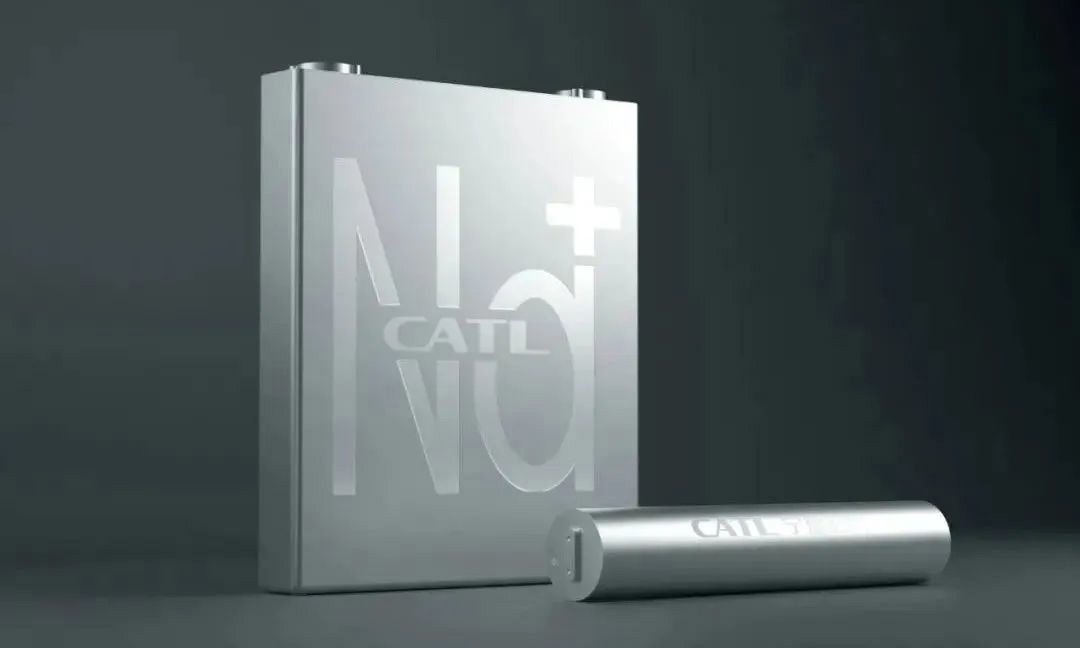
However, at present, the electric vehicles on the market are basically lithium batteries, and a few high-end models are trying semi-solid batteries and solid batteries. Do we really need sodium ion batteries?
At present, there are two kinds of batteries commonly used in electric vehicles, namely lithium iron phosphate battery and ternary lithium battery. The main difference between these two batteries is that lithium iron phosphate battery has lower cost and higher safety, but its energy density is too low. Except BYD, other car companies basically only carry lithium iron phosphate batteries in low-end models.
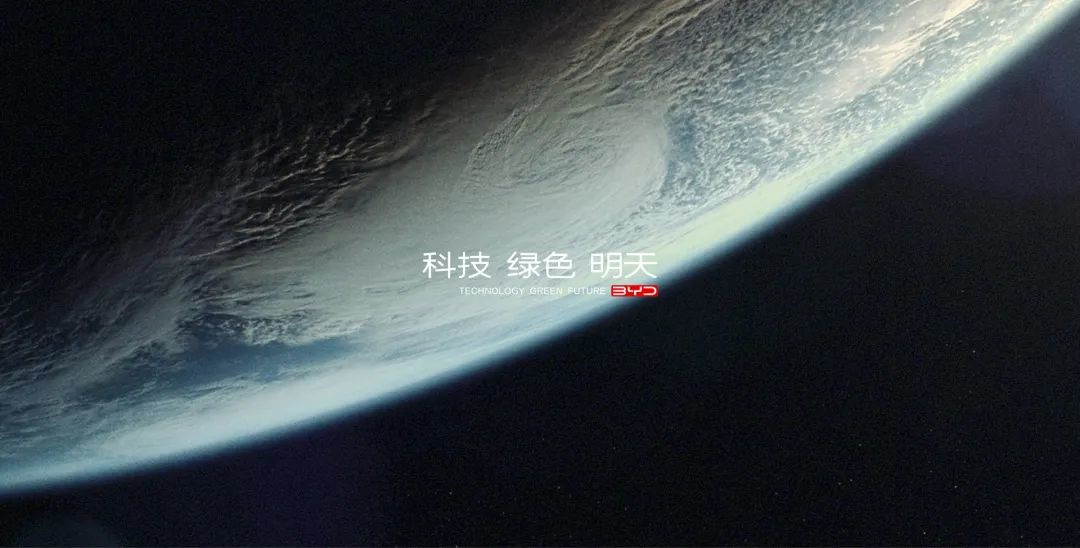
The advantage of ternary lithium battery lies in its high energy density, while the disadvantage lies in its slightly higher risk and cost, and it is easier to deflagrate than lithium iron phosphate battery.
However, the theoretical energy density of ternary lithium battery will not exceed 500Wh/kg, and the energy density of 21700 battery introduced by Tesla can reach 300Wh/kg, which is the limit level of current power battery. According to the calculation of power consumption of 15 degrees per 100 kilometers, the battery weight of a car with a battery life of 1000 kilometers will be as high as 500kg or more.
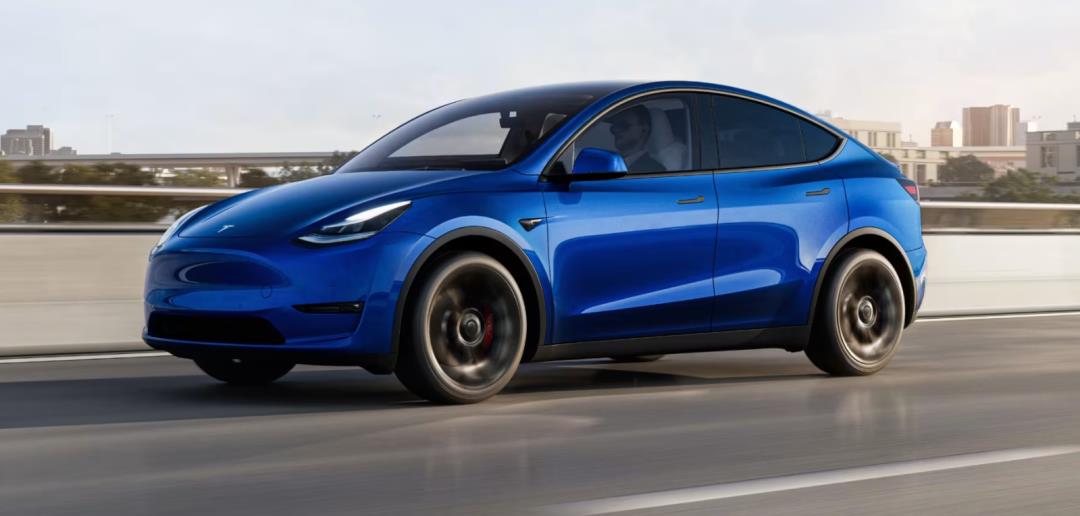
The charging speed of electric vehicles is far less than that of fuel vehicles. Even if the number of charging piles is equal to that of fuel guns, it is more likely to cause congestion and queuing, so car owners generally have endurance anxiety. The battery life of domestic mainstream electric vehicles is usually 450 km ~650 km, which cannot solve the anxiety of car owners.
Therefore, many car companies and battery companies have been developing solid-state batteries. The lower limit of the energy density of solid-state batteries can almost be said to be the upper limit of the energy density of ternary lithium batteries. A casual search of relevant reports shows that the energy density of the solid-state battery jointly developed by Enli Power and Softbank Company is relatively low compared with other similar products, which can reach 300Wh/kg, while the energy density of the solid-state battery developed by NASA has reached an astonishing 500Wh/kg.
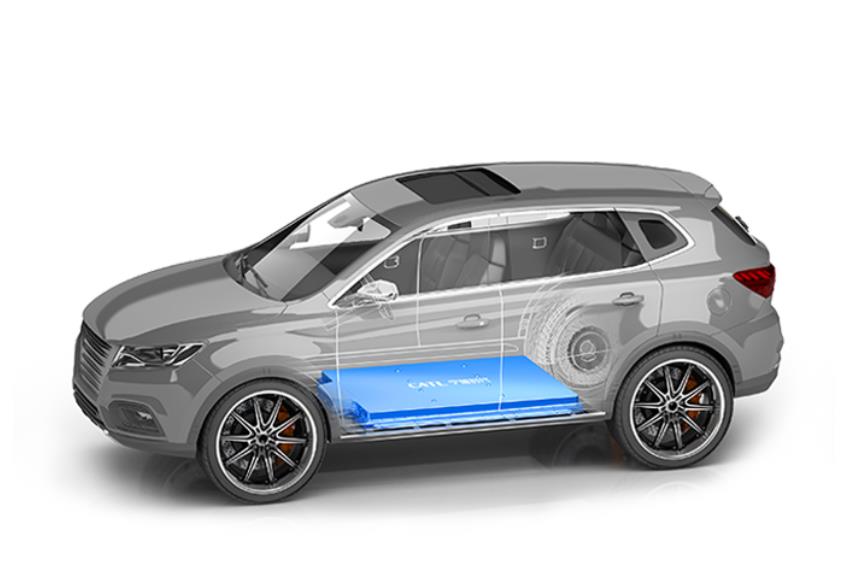
It seems that everything is beautiful, except the cost is slightly higher, but we may have overlooked a problem, whether it is lithium iron phosphate battery, ternary lithium battery or solid-state battery, it is inseparable from lithium.
According to the data of US Geological Survey (USGS), there are only about 98 million tons of lithium resources on the earth (data in 2022). Although half of the proven resources are in the hands of China enterprises, we must admit that this lithium mine resource is not enough to realize the electrification transformation of the global automobile industry. For this reason, Tesla will build its own lithium ore refining plant to improve the utilization rate of lithium ore resources.
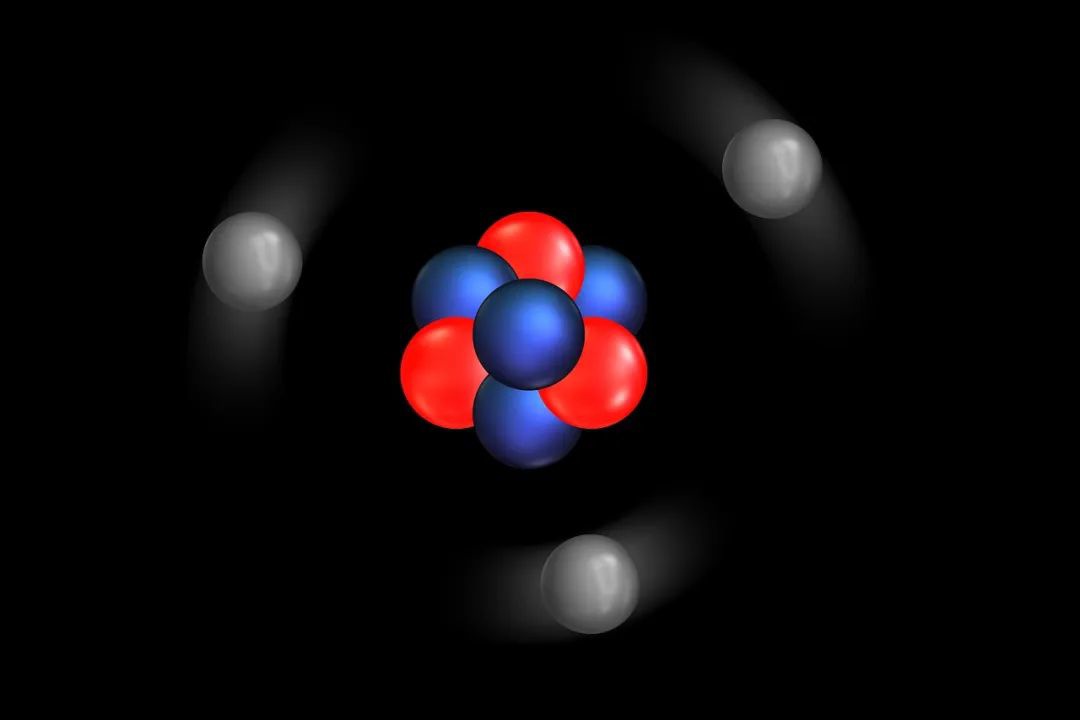
The content of sodium ranks sixth, more than 400 times that of lithium. Rich in content and easy to mine, the cost of sodium ion battery is naturally much lower than that of lithium battery. For the sake of cost and environmental protection, sodium ion batteries are the best choice for low-cost and long battery life in low-end models.
In addition to low cost, sodium ion batteries have two advantages, that is, higher safety and better performance at low temperature. Even in the cold areas in the north, there is no need to worry that the winter temperature is too low and the battery life of electric vehicles will drop sharply.
Sodium ion battery seems to be the hope of realizing low cost and long battery life, but there is still a problem that sodium ion battery needs to solve, that is, the energy density is too low!
At the 15th Shenzhen International Battery Technology Exhibition in May this year, Tuobang released a sodium ion battery with an energy density of only 120Wh/kg, which is expected to increase to 160Wh/kg in 2025, even worse than lithium iron phosphate battery.
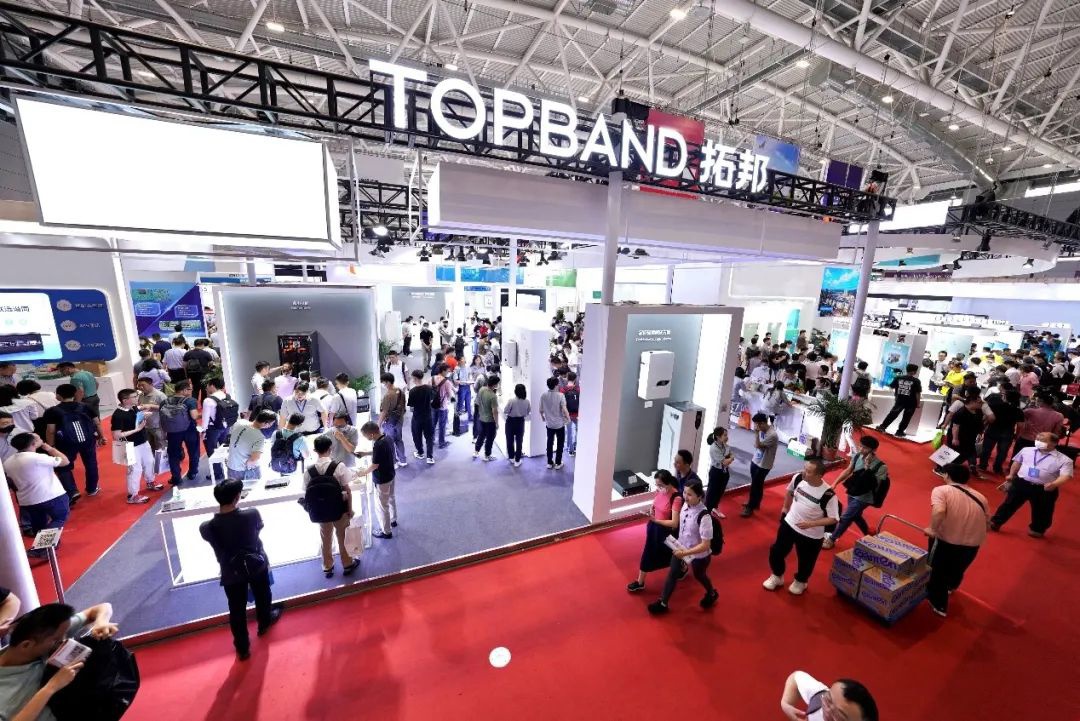
According to the data released by the second sodium ion battery industry chain and standard development forum held in July, the average energy density of the products evaluated by 17 sodium ion battery enterprises is only 104.1Wh/kg, which can be said to be terrible and not suitable for electric vehicles at all for the time being.
Contemporary Amperex Technology Co., Limited, the power battery company with the highest installed capacity in the world, invested heavily in the research and development of sodium ion batteries, and released the first generation of sodium ion batteries in 2021, with an energy density of 160Wh/kg. At the Shanghai Auto Show, companies such as Cherry and Chery announced that they would launch cars equipped with Contemporary Amperex Technology Co., Limited sodium ion batteries in the fourth quarter of this year, and the energy density of the second generation sodium ion batteries in Contemporary Amperex Technology Co., Limited could reach 200Wh/kg.
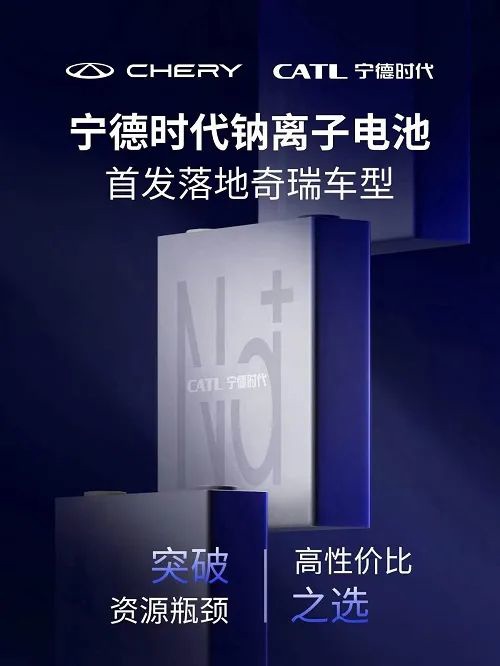
However, 200Wh/kg is obviously not enough to achieve 1000 km battery life and solve the anxiety of car owners. Similarly, according to the energy consumption of 15 degrees per 100 kilometers, the sodium ion battery pack with a battery life of 1000 kilometers weighs as high as 750kg. The weight of an ordinary B-class car is about 2000kg. If it is a medium-sized SUV, it is about 2500kg, and the proportion of batteries is too high.
Not only that, the battery also needs to occupy a lot of space. The energy density of the second generation sodium ion battery in Contemporary Amperex Technology Co., Limited is about 350Wh/L according to the volume, and the battery needs about 0.43 m space for 100 kilometers.
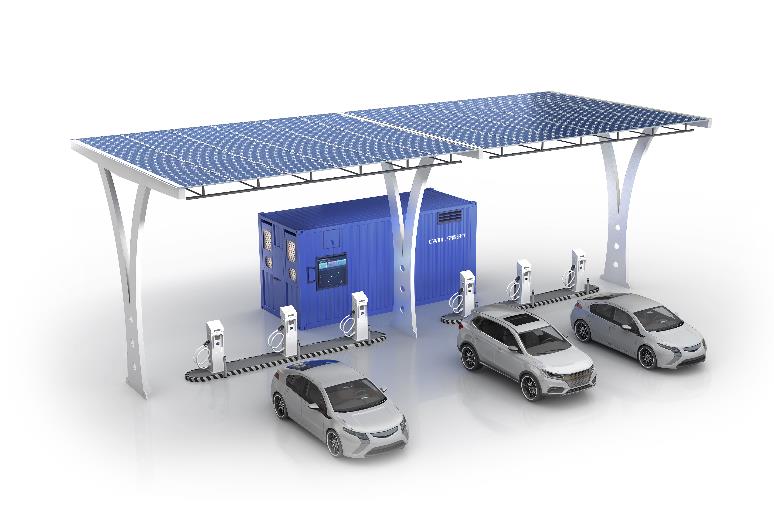
At present, some new energy vehicles adopt the skylight design because the bottom battery takes up too much space. If the traditional skylight design is adopted, the head space is likely to be too crowded. The dead weight of the battery will also affect the battery life. A car with too high weight needs a larger battery capacity to achieve the same battery life, occupying too much space and reducing the ride comfort.
The urgent task of sodium ion battery is still to improve the energy density, which is expected to reach 300Wh/kg, so that it is possible to achieve a long battery life of 1000 kilometers on ordinary models.
As far as the current situation is concerned, sodium ion batteries have the opportunity to gradually replace lithium iron phosphate batteries, and realize the tripartite confrontation with ternary lithium batteries and solid-state batteries in the future.
After the sodium ion battery is commercialized, the position of lithium iron phosphate battery will inevitably be very embarrassing, because the battery has the advantages of low cost and high safety, and all sodium ion batteries have it, and it performs better.
Chen Liquan, an academician of China Academy of Engineering, said that the cost of sodium ion batteries will be 20% lower than that of lithium iron phosphate batteries.
Xiaotong believes that in the future, the distribution of power batteries in the domestic automobile industry is likely to be dominated by sodium ion batteries, ternary lithium batteries and solid-state batteries.Among them, sodium ion batteries replace lithium iron phosphate batteries, which are mainly used in vehicles with less than 150,000 yuan, ternary lithium batteries are mainly used in high-end vehicles with 150,000 yuan to 350,000 yuan, and solid-state batteries are used in high-end vehicles with more than 350,000 yuan.
It should be noted that due to the influence of space and weight, sodium ion battery electric vehicles are unlikely to have a version with a battery life of 1000 kilometers, and the battery life is expected to be generally between 400 kilometers and 600 kilometers.
Ternary lithium batteries may have a small number of models with a battery life of 1000 kilometers, but the general battery life is expected to be 550 kilometers to 800 kilometers. The battery life of solid-state battery electric vehicles is likely to be more than 700 kilometers, and there are likely to be many models with a battery life of 1000 kilometers.
Of course, these predictions are all domestic cars, and the strategies of joint venture cars and domestic cars are different, so they don’t care so much about cost performance, so there may be some completely different results from domestic cars.
关于作者